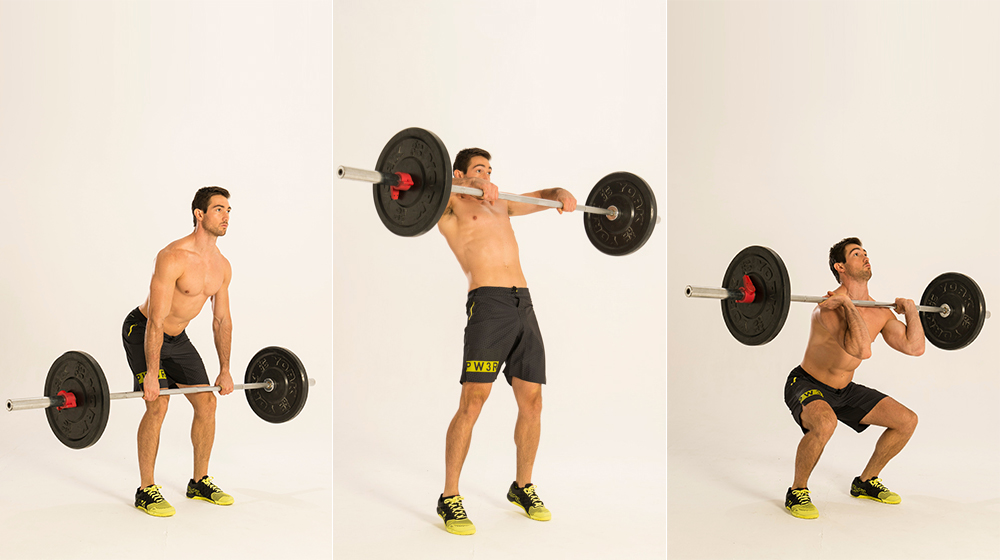A finger sprain occurs when the ligaments connecting and supporting the joints and bones of the finger are stretched or torn. Sprained fingers are painful, can swell, and can become difficult to move. Sprained fingers are among some of the most common injuries, even more so in athletes who handle, throw, and catch balls, but everyone is at risk.
Dr. Douglas W. Stoddard, Medical Director at SEMI explains: “finger injuries are obviously very common, given how much we use our hands, and while most aren’t overly serious, it’s always a good idea to have finger injury properly assessed, particularly when swelling is severe and there is considerable stiffness. We see a lot of finger injuries in the clinic and with proper intervention, most heal well”.
Here’s what you should know about sprained fingers including symptoms and treatment options.
Symptoms of a Sprained Finger:
The first thing you’ll notice if you have a sprained finger is swelling. This is because inflammation is the body’s response to injury. You may also experience reduced mobility in your sprained finger, making it painful or hard to bend. Ouch!
Most of the accompanying symptoms are connected to inflammation. They include:
- Pain
- Swelling
- Redness
- Increased level of pain when you attempt to move the finger
- Inability to bend, extend, or straighten the finger
- Bruising
- Throbbing when the finger is resting or when hanging by your side
Treatment for Sprained Finger
If your sprain is mild, that is, the ligament has stretched but not been torn, you probably don’t require medical attention. Mildly sprained fingers are treated by RICE (rest, ice, compression, and elevation) to decrease blood flow and inflammation.
RICE treatment involves resting the joint and applying ice packs on (and then off) for about 20 minutes. Make sure to wrap the ice pack in a towel before applying it to the skin. Compressing the joint involves wrapping it and keeping it elevated. Both compression and elevation will help decrease swelling. If your sprain is more severe, you should see a doctor for treatment, which may involve immobilizing the finger using a splint to ensure healing and recovery. If the ligament is torn, surgery may be required.
Sports & Exercise Medicine Institute is the leading sports medicine, physiotherapy, and chiropractic clinic in the Greater Toronto Area. We offer expert diagnoses, a variety of treatment options, and high-quality care. Click here to learn more about the services we offer, or contact us to schedule an appointment.






